Did you know that up to 75% of evergreen trees in some regions show visible signs of winter burn every year? The effects of winter burn on trees often appear with surprising severity come early spring, leaving homeowners and property managers concerned about the health of their beloved landscapes. Despite its startling prevalence, many people mistake winter burn for disease or ignore the early warning signs—an oversight that can lead to lasting and sometimes irreversible damage. In this comprehensive guide, you’ll uncover exactly how winter burn impacts trees and shrubs, how to spot the difference from other injuries, and expert tips to help your greenery bounce back and thrive.
The Startling Reality: How Common Are the Effects of Winter Burn on Trees?
The effects of winter burn on trees are more widespread than most realize. In areas that experience harsh winter temperatures, strong winter sun, and fluctuating soil temperature, winter injury is a common occurrence. Evergreen trees and shrubs, in particular, are vulnerable to this hidden threat. When winter conditions cause plants to lose water while the ground is still frozen, it creates a recipe for brown, scorched foliage and stunted spring growth. Even mature, healthy trees can suffer, especially those near salt-treated roads or exposed to cold winter winds. Research shows that almost every homeowner with evergreens or marginally hardy trees will deal with some level of winter burn at least once—making prevention and early detection critical for protecting your landscape’s beauty and value.
It’s not just isolated to rural or exposed areas, either. Throughout suburban neighborhoods and urban parks, damage can occur wherever winter sun and wind combine with ground freeze events or salt damage. The risk is especially high when late summer or fall conditions are dry, leading to stressed root systems that struggle to replace the water lost over winter. Understanding these triggers—and how common the effects truly are—empowers you to take realistic, impactful steps before damage escalates. Let’s demystify what winter burn really is, why it happens, and what you can do about it.

What You'll Learn About the Effects of Winter Burn on Trees
The science behind winter burn and its effects on trees and shrubs
How to recognize winter injury versus other common tree stressors
Effective steps to mitigate salt damage and preserve your evergreen trees
Expert recovery tips for trees injured in late summer or fall
Understanding Winter Burn: What It Is and Why It Happens
Winter burn is a form of winter injury that primarily affects evergreen trees and shrubs, but can also impact some broadleaf plants and young trees. It occurs when cold, dry winter sun and wind increase the rate of water loss from foliage at a time when the ground is frozen and roots are unable to replace the water lost. As a result, leaves or needles dry out, turn brown, and may fall prematurely—especially on the side of the plant most exposed to sun and wind (often the southwest side). It’s important to understand that winter burn is not caused by disease or pests, but by an environmental imbalance between water loss and water uptake.
This condition is often mistaken for salt damage, late summer drought, or even outright plant death, especially if symptoms appear suddenly in early spring. However, the underlying cause is different: frozen ground means water is unavailable to the plant’s root system just when foliage loses the most moisture. The problem is worsened after dry conditions in late summer or fall, when plants go into winter already stressed or dehydrated. As a result, the impact of winter burn on evergreen trees and shrubs is not just a matter of unsightly leaves—repeated damage can weaken trees’ defenses, leading to frost cracks, stunted growth, and increased risk of secondary disease.
While winter burn is a significant threat to tree health, it’s important to recognize that severe weather events can also cause extensive and sometimes tragic damage to trees and communities. For a closer look at how storms can impact both landscapes and safety, explore the tragic toll of severe storms in St. Louis and the urgent need for increased homeowner safety.
"Winter burn is one of the most misunderstood yet damaging threats to both residential and commercial landscapes." — Certified Arborist
Key Signs and Symptoms: Identifying the Effects of Winter Burn on Trees and Shrubs
Recognizing the effects of winter burn on trees early is crucial for recovery. Common symptoms include a gradual or sudden browning of leaves or needles, especially at the tips of branches most exposed to sun and wind. In evergreen trees like spruce, pine, and arborvitae, you’ll often notice large patches of brown or rusty needles that persist well into early spring. Sometimes the damage is confined to the outermost foliage, while in severe cases, it can extend deep into the canopy.
Discoloration and browning of leaves or needles (starting at the tips)
Needle drop in evergreen trees confined to the most exposed sections
Stunted growth or fewer new shoots in the growing season after an injury
Visible salt damage on lower foliage—often turning gray, white, or crispy-brown
It’s important to distinguish between winter burn and damage from salt, diseases, or pests. For example, salt damage typically appears as browning on one side or at the base of plants closest to treated roads, while uniform browning from winter burn usually points to sun-and-wind exposure. New shoots may be slow to emerge if the injury was severe, and repeated winter burn can make trees vulnerable to frost cracks and other forms of winter injury.
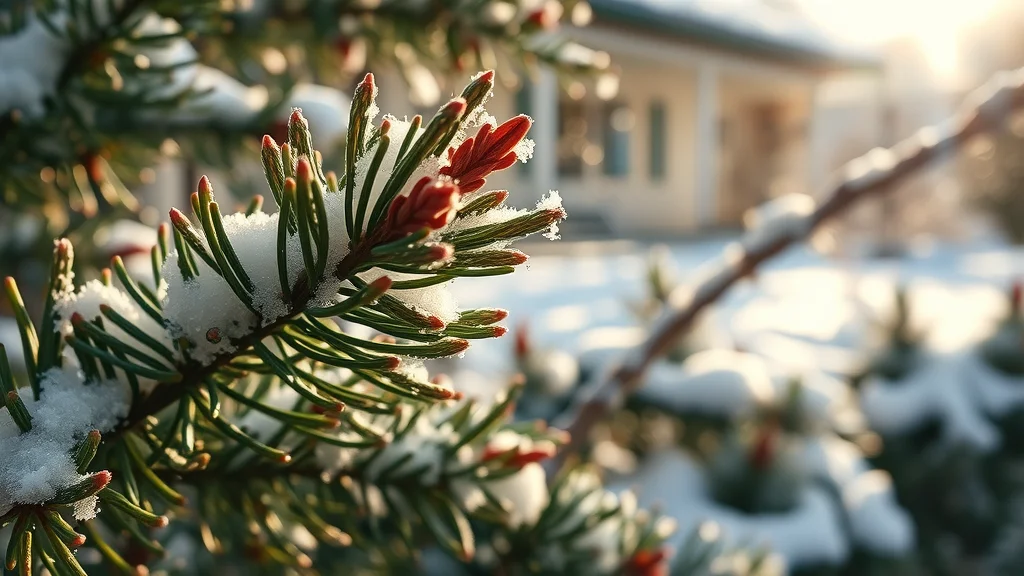
How Does Salt Damage Amplify the Effects of Winter Burn on Trees?
Salt damage is a major, often overlooked, factor that can worsen the effects of winter burn on trees, particularly those growing near roads and sidewalks where de-icing salts are common. When salt accumulates in the soil or splashes onto lower foliage, it draws additional moisture out of plant tissues, compounding the water loss already caused by winter sun and wind. This “double whammy” can cause extensive browning, premature needle or leaf drop, and even dieback of entire branches if salt concentrations become too high.
Distinguishing salt damage from classic winter burn can be tricky, but there are key signs if you know where to look. Salt damage usually presents as browning or desiccation (drying out) primarily on the side of trees and shrubs facing the road or footpath. The lowest foliage, closest to salted pavement, tends to show the most severe symptoms. In contrast, winter burn tends to affect the tips and outer surfaces, regardless of how close plants are to roadways. Understanding these signs is crucial for taking timely corrective action—salt damage can be rapidly mitigated if recognized early, helping trees and shrubs bounce back instead of suffering lasting decline.
Common Signs of Salt Damage vs. Classic Winter Burn in Trees |
||
Symptom |
Salt Damage |
Winter Burn |
|---|---|---|
Browning Location |
Lower branches, roadside-facing |
Tips and outer foliage, wind/sun-exposed |
Leaf Texture |
Crispy, sometimes whitish or gray |
Dry, brittle, often yellow before browning |
Timing |
Mid- to late winter, after salt applied |
Late winter, visible as snow melts |
Pattern |
One-sided, near salted surfaces |
Uniform across exposed areas |
Which Trees and Shrubs Are Most at Risk From Winter Burn?
Some species are especially susceptible to the effects of winter burn and related winter injury. Evergreen trees, such as arborvitae, juniper, pine, and spruce, often show the most damage, especially if newly planted or not fully adapted to local climatic extremes. Broadleaf evergreens—boxwood, holly, and rhododendrons—are also highly vulnerable due to their large surface area for water loss. Young or recently transplanted trees and shrubs lack established root systems and are at even greater risk, as they are less able to replace the water lost during freezing or windy weather.
Evergreen trees (e.g., arborvitae, juniper, pine, spruce)
Broadleaf evergreens (e.g., boxwood, rhododendron)
Young or newly planted trees and shrubs
Location plays a significant role as well. Trees planted on the southwest side of properties—where winter sun and wind are strongest—face higher odds of winter injury. Marginally hardy specimens, those not fully suited to the climate, and trees grown in exposed sites or near salted roads may experience repeated bouts of winter burn and salt damage, resulting in cumulative stress. Choosing the right species, providing early protection, and avoiding planting vulnerable types near risk zones are vital strategies for safeguarding your landscape’s health.
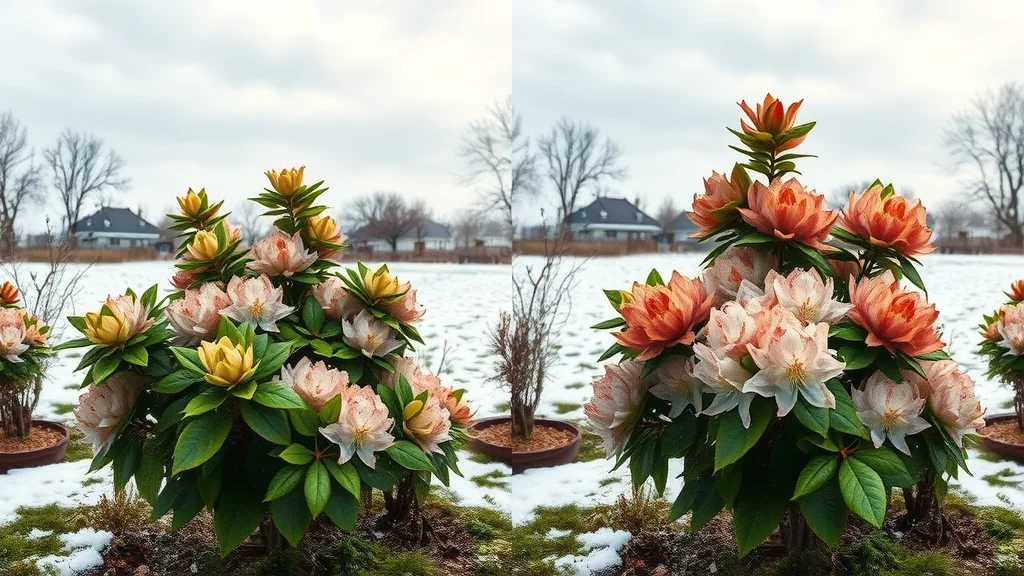
Seasonal Triggers: Late Summer, Fall, and the Effects of Winter Burn on Trees
The seeds for winter burn are often sown in late summer or fall. Extended droughts, high heat, or inadequate rainfall at the end of the growing season can leave trees and shrubs entering winter already compromised, unable to store sufficient water in their tissues or build resilient root systems. If you fail to water deeply in late summer or fall, the odds of winter injury and severe browning rise sharply, especially for newly established or shallow-rooted species.
Mulching in autumn helps regulate soil temperature and retain crucial moisture, reducing stress ahead of the coldest months. Fertilizing late in the season, however, is generally not recommended as it may stimulate tender new growth susceptible to winter burn and frost cracks. Experts recommend watering thoroughly until the ground freezes and continuing to monitor soil moisture, even as the leaves drop and air temperatures fall. Simple, timely action in late summer and fall can significantly lower your risk and help your landscape plants replace the water lost during frigid winter conditions.
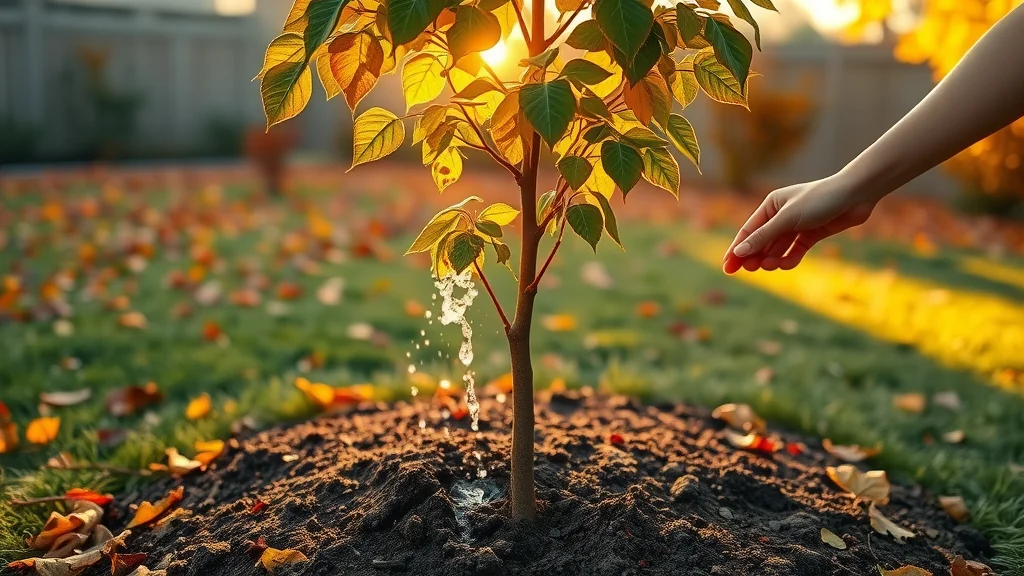
Can Trees Recover From Winter Burn? Insights and Expert Recommendations
Despite its alarming appearance, recovery from winter burn is possible for many trees and shrubs—especially if the damage is identified early and the underlying causes are addressed. In most cases, new growth will emerge in spring, masking or gradually replacing the browned or damaged foliage. However, severe injury can slow recovery and increase the risk of pest or disease infestation. Professional arborists recommend waiting until early spring to assess the full extent of the damage before pruning, as some buds and shoots may revive once the weather improves.
Applying deep waterings as soon as soil temperatures allow, mulching, and removing only dead branches can help trees and shrubs bounce back. For trees with recurrent issues, consider planting more cold-hardy or salt-tolerant species, adjusting irrigation schedules in late summer or fall, and providing seasonal protection (e.g., burlap screens) to shield against harsh winter sun and wind. Patience and proactive care are your greatest allies in encouraging healthy regrowth and minimizing long-term effects.
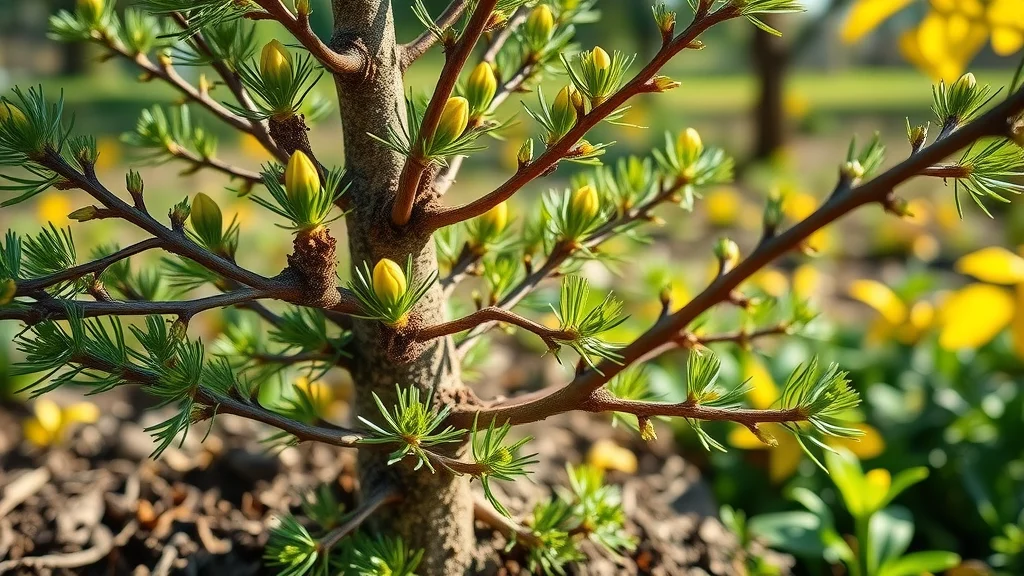
Practical Prevention: Protecting Trees and Shrubs From the Effects of Winter Burn
Choose salt-tolerant species for landscaping near roads, sidewalks, or driveways to minimize salt damage risk.
Water deeply in late summer or fall so trees and shrubs enter winter well-hydrated, able to withstand periods of ground freeze.
Mulch properly to conserve soil moisture and stabilize temperature, reducing stress on root systems.
Protect young trees with burlap wraps, windbreaks, or strategic placement to guard against winter sun and wind exposure.
Taking these simple but effective steps fiercely reduces the chances of sustaining severe winter burn or salt damage and supports vibrant spring recovery. Consistent, thoughtful care—especially at seasonal transition points—yields the most robust, resilient trees and shrubs, safeguarding your landscape investment for years to come.
"A proactive approach safeguards your landscape investment against repeat winter injury." — Local Extension Agent
High-definition walkthrough: This video shows authentic examples of winter burn symptoms on a variety of trees and shrubs—highlighting brown needles, salt damage, and identification tips, from close-ups in landscapes to wide shots in residential areas. Natural narration explains key signs and offers practical advice for both early detection and seasonal troubleshooting.
People Also Ask: Effects of Winter Burn on Trees
Can trees recover from winter burns?
Most healthy trees and shrubs can recover from winter burn, especially if the injury is limited to foliage and not the main stems or trunks. New growth typically emerges in spring, pushing out damaged leaves or needles. However, if the tree experienced repeated severe burn or underlying root damage, recovery may take multiple growing seasons and may require strategic pruning and supplemental care.
Do trees recover from windburn?
Yes, many trees can recover from windburn, which, like winter burn, is typically a result of excessive foliage water loss during dry, windy weather. As with winter burn, supportive measures such as deep watering, mulching, and shielding young trees from harsh winds will aid in the recovery process. Consistent aftercare encourages the plant’s natural healing mechanisms and leads to healthy new growth.
Do trees recover from leaf scorch?
Leaf scorch, whether from drought, excessive heat, or winter conditions, usually affects the outermost tissue first. Most trees will bounce back as long as the root system remains healthy and gets proper water during the growing season. Removing only dead or severely damaged branches and monitoring soil moisture helps trees recover faster and reduces the chance of long-term injury.
What does winter burn look like?
Winter burn appears as browning or discoloration of leaves or needles, often starting at the tips and the side facing the most winter sun or wind. In evergreens, you’ll notice dry, brittle, often yellowed foliage that becomes tan or rust-colored. Severe cases may involve widespread needle drop and visible patchiness throughout the tree or shrub.
FAQs: Managing and Repairing the Effects of Winter Burn on Trees
Can pruning help a tree recover from winter injury?
Yes. Pruning dead, damaged, or diseased branches after new growth emerges in spring helps direct the plant’s energy towards healthy tissue and prevents the spread of decay or fungal infections.How quickly should salt damage be addressed?
Salt damage should be managed as soon as possible. Flush affected soil with clean water after the last frost, and remove damaged foliage to prevent continued moisture loss. Early action prevents deeper injury.Is fertilization recommended after a harsh winter?
Avoid fertilizing immediately after winter injury. Wait until active growth resumes, then use a balanced, slow-release fertilizer only as needed. Over-fertilization can cause additional stress in already weakened trees.
Watch this expert guide: See step-by-step demonstrations—how to assess injury, when and how to prune, tips for deep watering, and best practices to encourage healthy regrowth after winter.
Key Takeaways: Lasting Insights on the Effects of Winter Burn on Trees
Early identification and prevention are critical to stopping winter burn before damage escalates.
Salt damage can intensify symptoms and lead to long-term injury if not managed promptly.
Evergreen trees and young plantings are most vulnerable, especially if not sufficiently watered in late summer or fall.
Spring recovery strategies—deep watering, careful pruning, and mulching—are essential for trees to bounce back year after year.
Understanding the effects of winter burn is just one aspect of comprehensive tree care. If you’re interested in how broader weather events can impact your property and community, consider reading about the devastating consequences of severe storms and the importance of proactive safety measures. By expanding your knowledge beyond seasonal threats, you’ll be better equipped to protect your landscape and loved ones—discover more about the tragic impact of storms in St. Louis and why homeowner safety must be a priority. Taking a holistic approach to tree and property care ensures resilience, safety, and peace of mind year-round.
Strengthen Your Tree Care—Subscribe for Expert Guidance
Grow your landscaping expertise—call 203-271-7991 or visit TreeGuardianNews.com to subscribe.
 Add Row
Add Row  Add
Add 

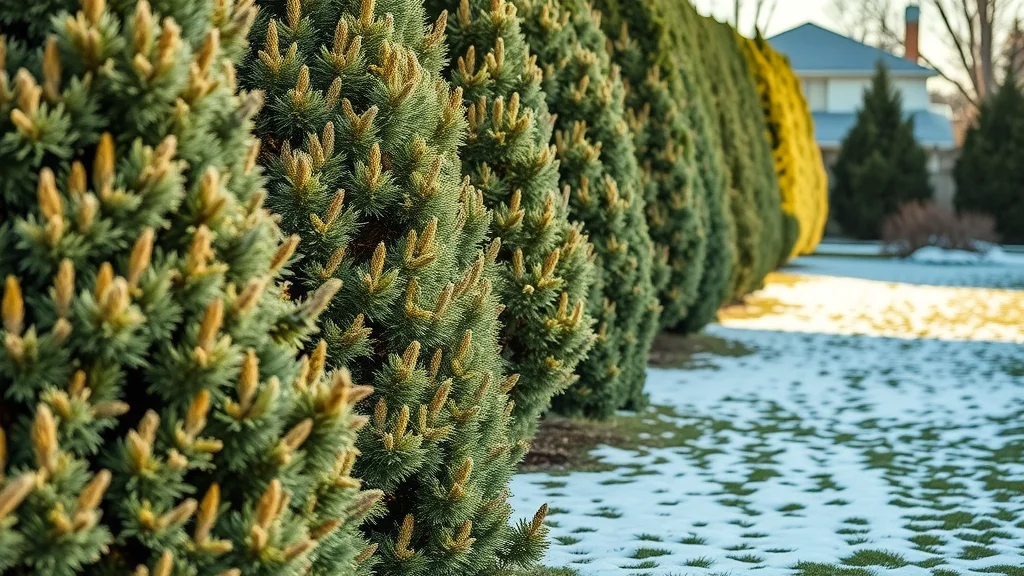
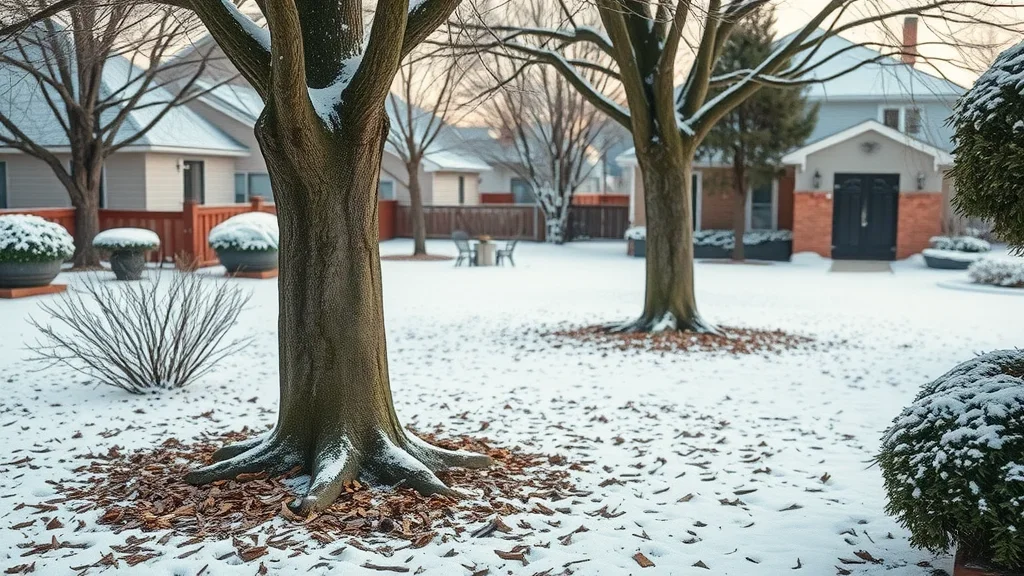
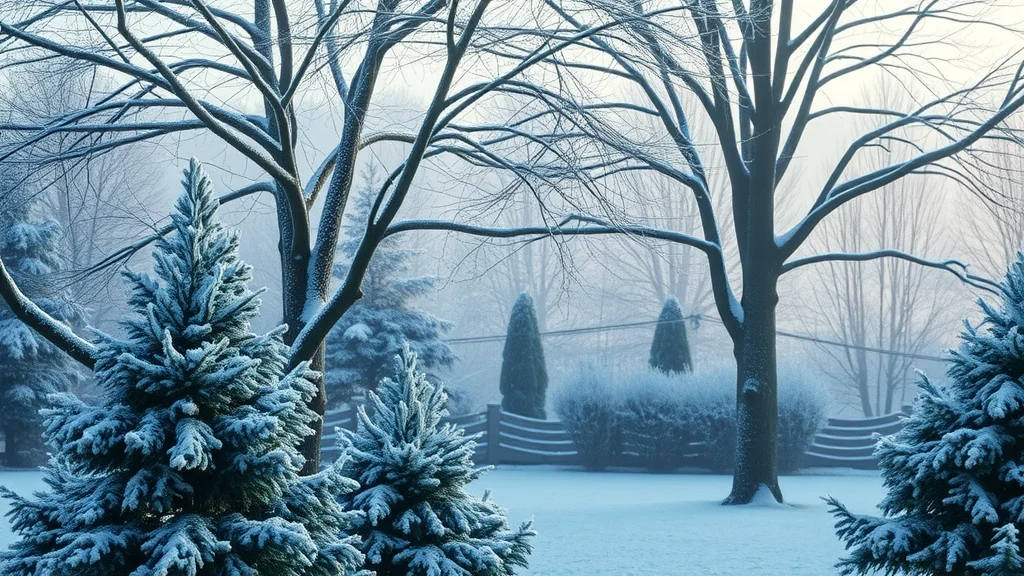
Write A Comment